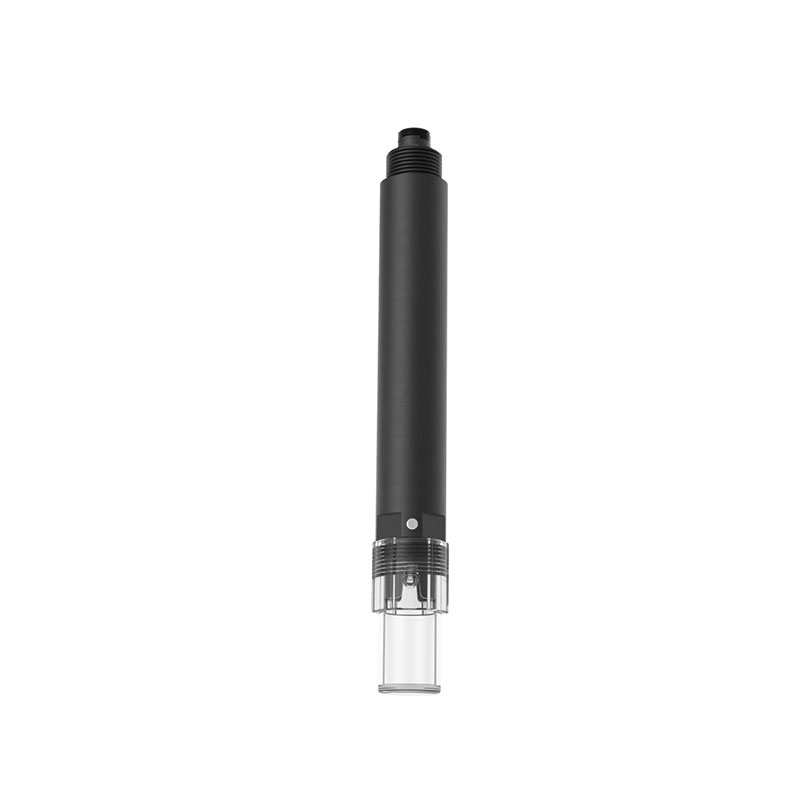
Water PH Sensor
Model:FT-S3
Brand:fengtu
one. Water PH Sensor application environment description
Water PH Sensor can be widely used in thermal power, chemical fertilizer, pharmaceutical, biochemical, food and tap water and other solutions to continuously monitor pH value.It is used for environmental water quality testing and various high/low ionic strength water sample testing, and can meet the requirements of most industrial/environmental applications for online pH measurement.
Signal output: RS485 (MODBUS-RTU), 4-20mA current output.
Low impedance sensitive glass film, internal signal isolation technology, strong anti-interference.
Good reproducibility, thermal stability, low drift, small size, fast response
Easy and simple installation, 3/4NPT pipe thread, easy to sink in or install in pipes and tanks, stable performance, long service life
IP68 waterproof standard
two. Water PH Sensor technical parameters
| Measurement principle | Electrochemistry (Salt Bridge) |
| Signal mode | RS485 (MODBUS-RTU) |
| Measuring range | 0~14.00(PH) |
| Measurement resolution | 0.01 |
| Measurement accuracy | ±0.1PH, ±0.1℃ |
| response time | About 10s (98% flowing liquid) About 15s (98% still liquid) |
| Shell material | ABS |
| temperature compensation | Automatic temperature compensation |
| Cable length | Standard 5 meters |
| Supply voltage | 12-24VDC (0.4W@12V) |
| Measurement environment | Temperature 0~50℃ (non-freezing), < 0.2MPa |
| Waterproof level | IP68 |
| Installation method | Submersible installation, NPT3/4 thread |
three. Water PH Sensor Installation and Electrical Connections
1.Installation
Note: The sensor cannot be installed upside down or horizontally, and must be installed at an angle of at least 15 degrees.
2. Electrical connection
The cable is a 5-core shielded wire, and the wire sequence is defined as:
Brown - power cord (12~24VDC) black - ground wire (GND)
Green-485B Yellow-485A
The wiring sequence should be carefully checked before powering on to avoid unnecessary losses caused by wiring errors.
Four. Water PH Sensor care and maintenance
When used for the first time or not used again for a long time, the sensitive bulb and reference junction should be immersed in 3.3mol/L KCI solution for more than 2 hours.
Before use, it should be washed and dried with deionized water (or distilled water) to prevent impurities from being brought into the liquid being measured. 1/3 of the sensor should be inserted into the liquid being measured.
The wiring terminal part should be kept clean and dry. The sensor should be cleaned when not in use and inserted into a protective sleeve with 3.3mol/L KCI solution, or the sensor should be inserted into a container with 3.3mol/L KCI solution.
Check whether the wiring terminals are dry. If there are stains, please wipe them with absolute alcohol and dry them before continuing to use them. The sensor should avoid being immersed in deionized water, protein solution, strong acid and alkali solution, and acidic fluoride solution for a long time, and prevent contact with silicone grease. If the sensor has been used for a long time, its glass film may become translucent or have sediments attached. In this case, it can be washed with dilute hydrochloric acid and rinsed with water.
When the sensor has been used for a long time and measurement errors occur, it can be calibrated and corrected by cooperating with the instrument. If the sensor cannot be calibrated and measured after maintenance and maintenance in the above manner, it means that the sensor has failed. Please replace the sensor.
Article address:https://www.sqqx.net/en/Water-quality-sensor/Water-PH-Sensor.html

 +86 15898932201
+86 15898932201 Get a Free Quote
Get a Free Quote



